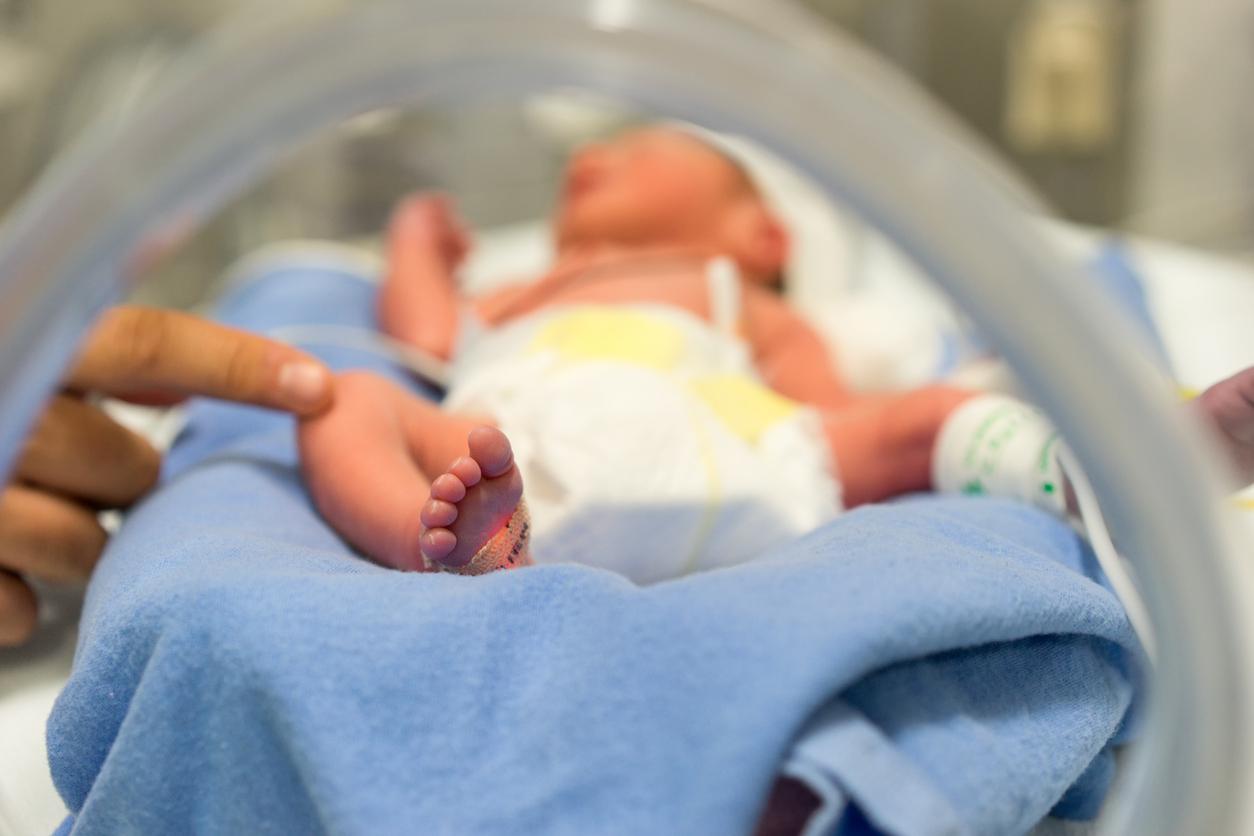
From burns to a hole in the head
Adhesive plasters for deep cuts, cooling burns, and abrasions drying in the open air. You know it, but what do you do when something really happens? There are three steps for general wound care: cleaning, treating, covering. Below you will find more information about specific wound treatment.
Cuts and lacerations
Small cuts can be rinsed with water, pat dry and covered with a plaster. By stretching a plaster slightly during application, you pull the wound edges of a small, somewhat deeper incision together nicely and press the blood vessels closed. A wound healing gel can help with superficial cuts.
Some cuts can bleed badly. First press the wound closed for a while; use a sterile gauze compress or a clean cloth. If possible, keep the affected body part elevated.
The bleeding has washed the worst of the dirt out of the wound. If necessary, clean the wound with tap water and apply a quick bandage. A covering sterile gauze compress with a bandage around it is sufficient. Sometimes bonding is necessary. For cuts deeper than 1 centimeter you must go to the general practitioner (post).
In the event of an arterial bleeding, you should proceed as follows: close the wound well, keep it elevated and, if necessary, apply a quick bandage. Call 112 for professional help.
Abrasion and lacerations
An abrasion is a large, superficial damage to the skin. First clean the area around the abrasion (often knee) with a washcloth with soap. Then rinse the wound clean with tap water (can also be in the shower) or with a physiological saline solution.
Pat the abrasion dry and treat the area with a skin disinfectant (iodine, betadine, sterilone, chlorhexidine). Abrasions are painful and often release some fluid. A greasy ointment gauze or wound healing gel has a soothing effect. Drying in the open air is the most pleasant and often works the fastest.
Lacerations (barbed wire, nail, dog bite) are often frayed and dirty. It is important to first clean this type of wound well, then disinfect it and then cover it sterilely. When dressing, try to bring the wound edges together as nicely as possible.
burns
The first step with burns is to cool, cool, cool with lukewarm, gently flowing tap water. In an emergency, even ditch water is allowed. Cooling with something is better than not cooling!
Only remove clothing if it is not stuck, the same with diapers. Because hypothermia is dangerous (especially in small children), it is important that you only cool the wound and not the whole body. Do not use ice. When in doubt, always contact a doctor or call 112.
Only treat minor, superficial, closed burns at home. Carefully cover the wound with preferably a fatty ointment gauze and/or a sterile dry dressing or use a suitable wound gel.
Consult a doctor if blisters develop, the skin is broken or if there are black spots. Do not put anything on open wounds and do not puncture blisters! For burns larger than a 2 euro coin, or wounds caused by chemicals or electricity, consult a doctor!
Hole in your head
A head wound often bleeds badly, but usually the size of the final wound is not too bad. First, compress the wound with a sterile gauze compress.
Then clean the area around the wound with a washcloth with soap, so that you get a better view of the wound area. Rinse the wound yourself with water or physiological saline. Then pat dry and treat with a skin disinfectant. Then apply a suitable covering bandage (or plaster).
bite wound
Dog/cat/human bite wounds are usually very dirty and sometimes deep or frayed. Proper cleaning and disinfection is necessary. Treat the wound as you would a cut or laceration.
Consult a doctor about a possible tetanus shot if you think tendons or muscles are involved or if the bite is in the face.















